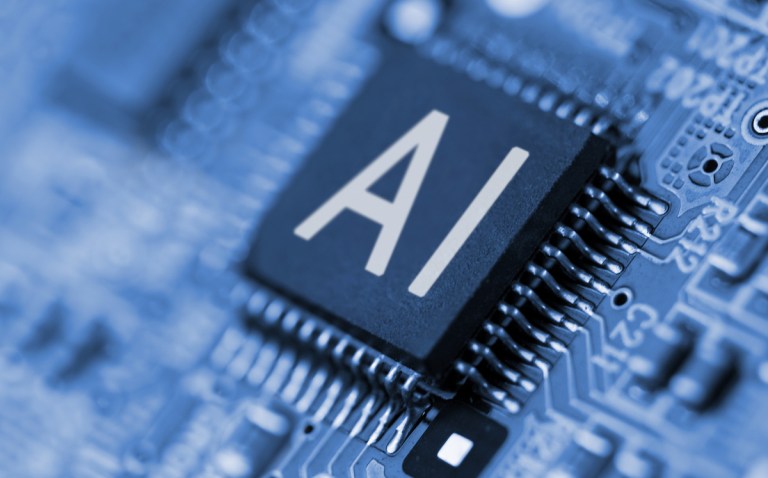The artificial intelligence (AI)-driven workplace is taking shape.
But as companies look to squeeze efficiencies out of the technology from departments as diverse as marketing, finance, legal and more, they are at times running into a bottleneck: their own human employees.
More than 650,000 American workers threatened to go on strike this summer, or did so, with the fear of new technologies threatening their jobs as one of the primary reasons.
The cascade of union activity represents a degree of collective action that hasn’t been seen in the United States for decades. Ongoing strikes from organizations like the United Auto Workers (UAW), the Writers Guild of America (WGA) and the Screen Actors Guild and American Federation of Television and Radio Artists (SAG-AFTRA) aren’t just angling for more money and compensation for their members; they are set on establishing stronger guardrails around job security in the face of AI becoming an industry mainstay.
Hollywood has been on strike for months, while the UAW’s coordinated strike against automakers Ford, General Motors (GM), and Stellantis began Friday (Sept. 15).
The use of AI, as well as broader environmental shifts — including the proliferation of streaming platforms for the entertainment industry and the shift to electric vehicles (EVs) for the automotive sector — have forced workers to confront a new reality. Many employers do not want to be left behind by the transformative capabilities of AI.
Advertisement: Scroll to Continue
Observers believe the strikes are happening as AI begins to be commercialized but has yet to fully penetrate the marketplace. It allows the various worker unions a fair shot at attempting to shape and define the use of AI by employers proactively, rather than waiting for workflows to be reshaped and then reacting to those implications.
Read also: It’s 23-Year-Olds vs AI in the Latest Business Battle Royale
Confronting AI’s New Reality
A central question in the AI dilemma is whether the technology’s pace of development is positioning it as a co-pilot, or supportive tool, for employees, or as an out-right human replacement.
The foundational generative AI powering today’s most advanced platforms has the potential to free up huge swaths of human work hours, but success from a return on investment (ROI) perspective depends on how those hours are repurposed, particularly in the face of slowing demand and higher wage costs across some industries.
Microsoft President Brad Smith made waves Tuesday (Sep. 12) when he told lawmakers during a Senate hearing that “AI will replace drive-thru workers” and emphasized that drive-thru work does not require creativity.
Smith’s comment was met with claims of “tech elitism,” but it underscores the fact that lines will need to be drawn around where AI should serve as a co-pilot and supplement work, and where it should replace existing labor sources.
“AI is going to be an imperative for every company, and what you do with AI is what will differentiate your products,” Heather Bellini, president and Chief Financial Officer at InvestCloud, told PYMNTS in an interview posted Monday (Sept. 18). “… Functionally, it might get rid of a lot of the manual work people don’t want to do anyway and extract them up to a level where they can do more things that have a direct impact on the business.”
See also: Big Tech Eyes Gen AI’s Potential to Revamp Voice Assistants
Entry-Level AI Efficiencies
Generative AI has the potential to completely reshape the automobile industry, the pharmaceutical industry, the healthcare sector, and more major economic drivers by transforming how people communicate with their computers.
However, PYMNTS Intelligence found that as the debate surrounding AI’s role and impact across industries continues to broaden, many consumers are worried about the technology’s role in the workplace — and particularly the safety of their jobs.
Of particular concern across most industries is the safety of the low-hanging fruit, or entry-level jobs that require routine and manually repetitive tasks. While these roles would seem to be primed for automation — and they often are — fears are growing that without direct exposure to onboarding responsibilities, junior workers may not gain the appropriate level of experience and familiarity they need to grow their own careers.
Seven in 10 consumers said they believe AI can already replace at least some of their professional skill sets, per PYMNTS Intelligence. Young consumers, those earning over $100,000, and those working in an office environment are most aware of this skill overlap.
For all PYMNTS AI coverage, subscribe to the daily AI Newsletter.

